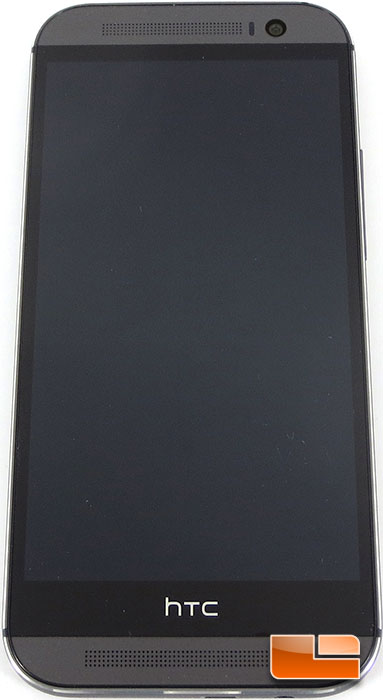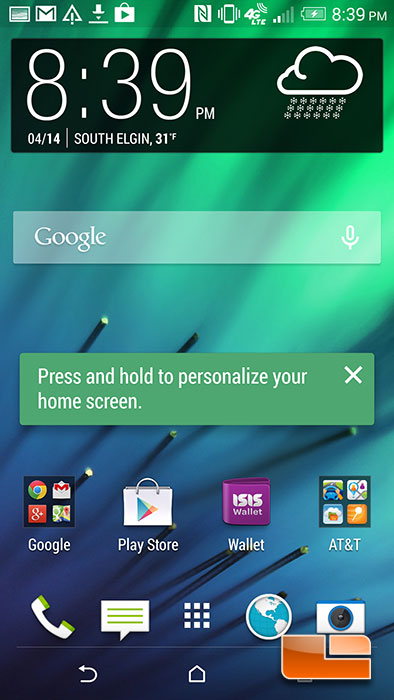HTC One M8 Smartphone Performance Review
Final Thoughts & Conclusion

The HTC One M8 is certainly one of the more powerful smart phones that I have come across. The Samsung Galaxy S5 gave it a run for the money, but the HTC One M8 ultimately came out on top today. There are a couple of ways that you can purchase the HTC One M8, the M8 can be purchased on a contract for only $199.99. This is based on a two year contract which prevents you from upgrading very soon. If you’re looking to upgrade sooner than with the 2-year contract you can jump on the AT&T next program. The AT&T next program tacks on a monthly installment payment to your bill. The AT&T next has a pair of options available for the HTC One M8, the Next 12 or Next 18. The Next 12 allows you to upgrade in 12 months with an installment payment of $32.00, the Next 18 is an 18 month upgrade cycle with an installment of $24.62. The final option for you is to buy the HTC One M8 outright, this will hit the pocket book for $639.99. Doing this means that you can upgrade anytime you want to without any restrictions.
Under the hood, the HTC One M8 has a lot going for it. At its heart the M8 features a Qualcomm Snapdragon 801 quad core processor running at 2.3Ghz. The Snapdragon chip was easily able to handle anything and everything we wanted the phone to do today. To back up the power of the Qualcomm Snapdragon chip the HTC One M8 features 2Gb of RAM and 32GB of storage.
One of my favorite aspects of the HTC One M8 is the overall feel of the phone. I’m not necessarily referring to the user experience, this is more about the physical feel of the phone. The metal back gives the HTC One M8 a very solid feel to it compared to something like the LG G2. The G2 has a plastic construction that just doesn’t feel like it would hold up all that well to me. The HTC One M8 just feels solid to me. The buttons on the M8 seemed a little loose to me, but overall that is a minor thing that is easy to look past unless you’re looking for issues.

The GUI (Graphical User Interface) isn’t to far from the typical Android interface that we have come to love over the years. The basic interface is very user friendly, I suppose if it isn’t broke, don’t fix it applies the to interface. For the most part you can bounce between various Android devices and be right at home with any of them. Obviously there are some HTC One M8 specific features like Blink Feed that you wont find on the Samsung Galaxy S5 or LG G2, but if they didn’t do something different what would separate them from the crowd?
AT&T recently unveiled a new plan and pricing structure for data and phone lines. Plans start as low as $20.00 per month plus the monthly cost of the device for 300Mb of shared data with unlimited talk and text. On the other end of the spectrum the AT&T plans go up to 50Gb of data for only $375 per month plus the monthly device cost. The cost of the device varies to some extent depending on the plan you decide on. On the plans that start at 300Mb and end at 6Gb of shared data, the monthly device costs are as follows: each tablet, camera, game device $10.00/mo, each Smart Locator, Automotive $10.00/mo, each Wireless Home Phone $20.00/mo, each basic phone $20.00/mo, each Internet device $20.00/mo, each smartphone $40.00/mo. On the 10Gb plans and above the basic phone cost drops to $15.00, that’s the only variance between the device costs.
Legit Bottom Line: The HTC One M8 phone is a beast of a smart phone. Everything about it screamed performance including the sleek brushed metal finish on the back of it.
